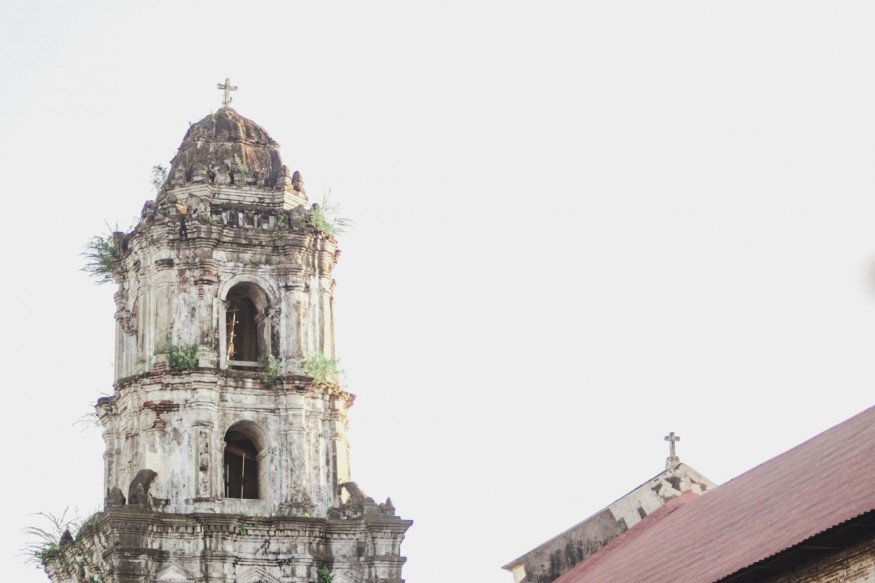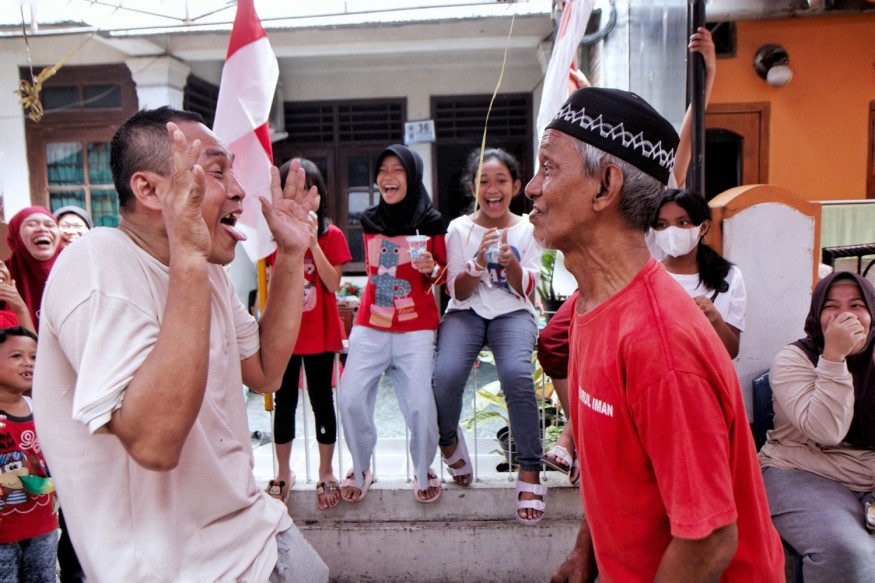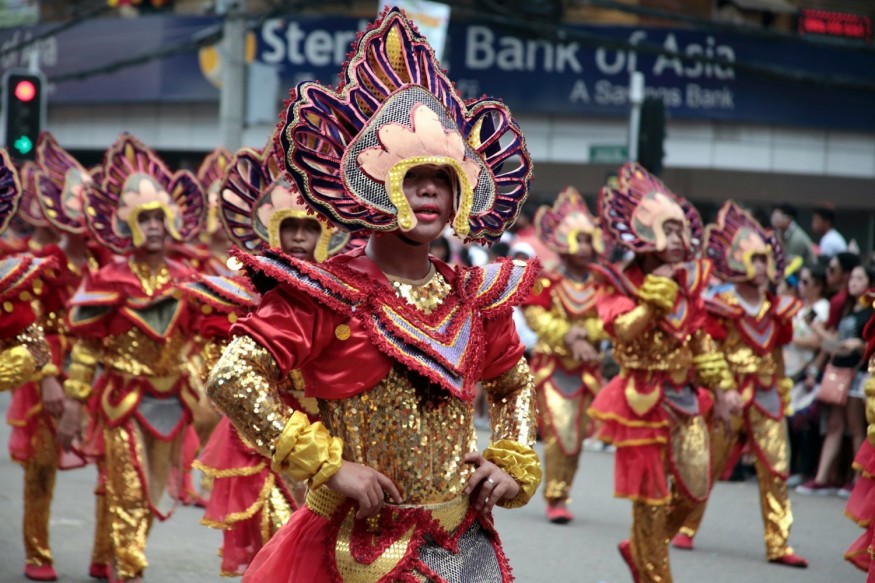Cultural differences are the vibrant colors that paint the distinct cultures of nations, and this shines through when you look at the neighboring countries of the Philippines and Indonesia.
While these two island nations share many similarities with their stunning beaches and friendly locals, a closer look reveals quite a contrast. So, if you're keen to check out these cultural differences and learn what makes each country special, you're in the right place.
How Colonial History Shaped Them Differently

The Philippines and Indonesia both have cool stories tied to their European colonizers, which really shaped who they are today.
Spain ruled the Philippines for more than 300 years, making Catholicism a big deal and bringing over their love for big, loud festivals. Indonesia, on the other hand, was under Dutch control. You can still see the Dutch style in their buildings and some of their words.
These old influences are a big part of what you see and feel when you visit these places today.
Religion is a Big Deal
Religion really shapes daily life in both Indonesia and the Philippines, but in their own unique ways. Indonesia is the biggest Muslim country in the world, where you can see mosques everywhere and Islamic rules are part of everyday stuff, like what food you can eat.
The Philippines is mostly Catholic, and this shows up in everything from their huge Christmas celebrations to the vibes at their community gatherings.
Talking and Understanding

Both countries are home to a bunch of languages, but they handle it differently. In the Philippines, you'll find most people chatting in English or Filipino, and there are about 170 other languages playing a role in different areas.
Indonesia sticks to Bahasa Indonesia as the main language to keep everyone connected, but don't be surprised to hear lots of local languages in various parts of the country.
Related Article : Why Batanes is Called the 'Ireland of the Philippines'
What's on Your Plate?
Food tells its own story about cultural differences. Indonesians love their food with a bit of kick-think lots of spices and bold flavors, thanks to their history with the spice trade.
Over in the Philippines, it's all about mixing sweet, salty, and sour, and they're not big on spicy food. This tells you a lot about what grows locally and what's been popular over the centuries.
Buildings Tell Stories Too

Just walking around can show you the difference in history between the two places. The Philippines has a lot of Spanish-style churches and old forts because of that long history with Spain.
Indonesia's got those cool Dutch colonial buildings, built to keep you cool in the tropical heat. These styles aren't just about looking good. Tthey also tell the story of who's been in charge and what they brought with them.
Celebrations and Festivals

In the Philippines, festivals are all about bright colors and loud music, with big events like Sinulog in Cebu that rock the city with dances and parades to honor the Santo Niño.
Over in Indonesia, the vibe is different with celebrations like Ramadan and Eid, where it's more about fasting, praying, and then enjoying huge community feasts. They also go big for the Sekaten Festival, celebrating the Prophet Muhammad's birthday with loads of food, music, and a buzzing night market.
These festivals really show off what's important to people here-whether it's showing their religious devotion or just having a great time with neighbors. It's a cool way to see how each place lights up in its own special way.
This article is copyrighted by Travelers Today, the travel news leader




